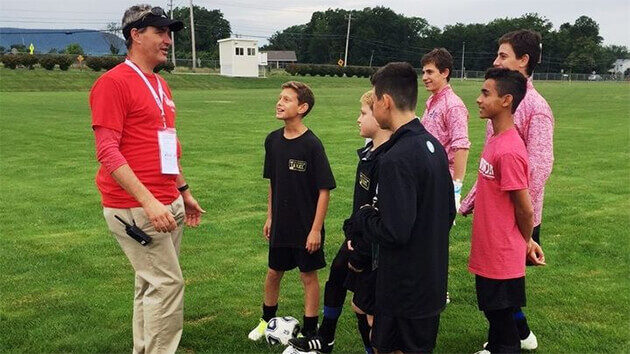Sports Medicine Doctor’s Research Aims to Better Predict Return to Sports After Concussion

Based on information from athletes in the Capital Region, an Albany Medical Center sports medicine expert has published research showing how a multi-pronged quantitative assessment can serve as a more accurate predictor of when an athlete should return to competition after sustaining a concussion.
Hamish Kerr, MD, Sports Medicine Fellowship Program Director and Professor of Medicine & Pediatrics, was the lead author for the study, published in the Sports Health Journal. The five-year study enrolled 207 athletes, age 10 to 26, and sought to develop a better understanding of what differentiates an athlete who is ready to return to sports from one who is still recovering. Most of the athletes were local high school students of different genders and who play different sports.
“The matter of when an athlete is fully recovered from a concussion and can safely return to sports continues to be debated,” said Dr. Kerr. “By using multiple variables, including a symptom score, analysis of an athlete’s balance on a special device and the amount of time since the injury, we were able to more accurately predict the time an athlete could return to competition without increased risk of sustaining additional injury.”
The study shows that a weighted assessment using each of the variables can lead to a more accurate prediction of when to return to action, compared to an assessment of each variable independent of one another. With this approach, the chance of re-injury in the 12 months following a concussion once the athlete had returned to contact sports was only 6.2%, whereas previous research estimated a re-injury rate between 9.6 and 21.8%.
Dr. Kerr collaborated with scientists from RPI who used ‘machine learning’ in the analysis, as well as Balance Engineering, a Rochester-based firm.
“A safe return to the field of play following a sports-related concussion is a desired outcome shared by clinicians, student-athletes and their loved ones,” said Edward Philbin, MD, chair of the Department of Medicine. “This research brings us closer to that outcome by reviewing best practices for physicians to consider and follow when caring for an athlete recovering from this type of serious injury.”